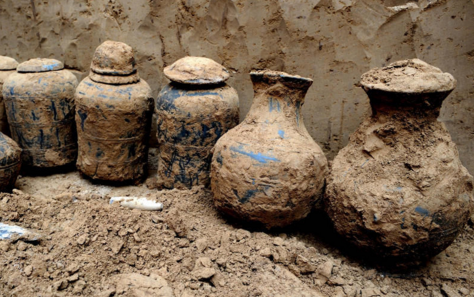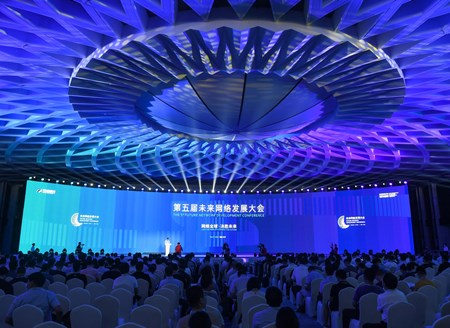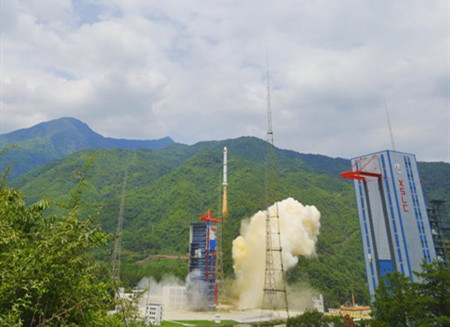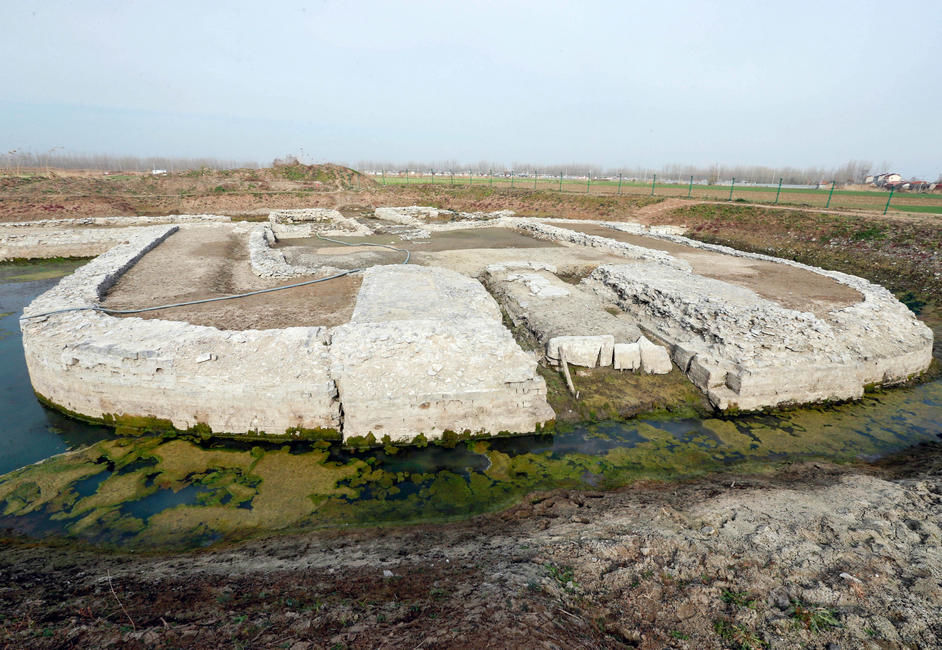
The site of Ancient Sizhou City in Huaian’s Xuyi county was recently included on the tentative list of the third batch of major historical sites in Jiangsu province.
Ancient Sizhou City, historically known as an “Overland and Waterborne Metropolis”, can be seen as China's Pompei, because it is the only ruin of an ancient city in China that preserves the urban style and features dating to over 300 years ago, when it was buried by silt in 1696.
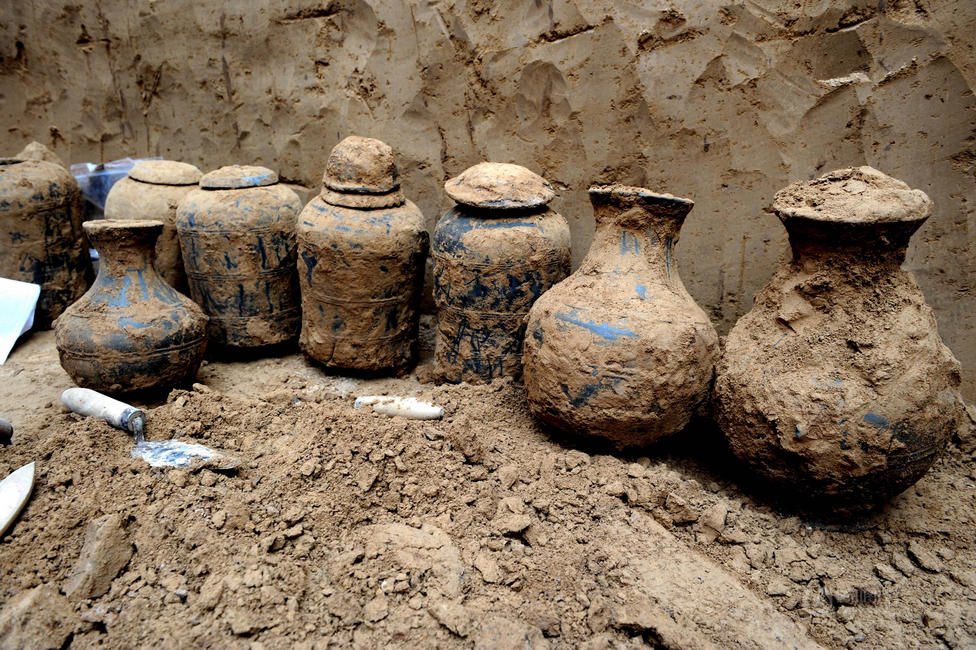
The ancient city dates to AD 580 and straddled both banks of the Huaihe River and the south port, where the Grand Canal joins the Bianhe River and the Huaihe River.
In 1986, Xuyi county proposed carrying out an archaeological study on the site of ancient Sizhou City. The first exploration was conducted in 1999, and by the end of 2005, more than 2,000 square meters of the site were excavated.
According to the exploration data, the perimeter of the site is consistent with that recorded in the historical data, which is about 4,550m, and the lost city covered more than 240 hectares.
There are currently a total of 455 households, 1,702 people and 2,116 houses excavated.
